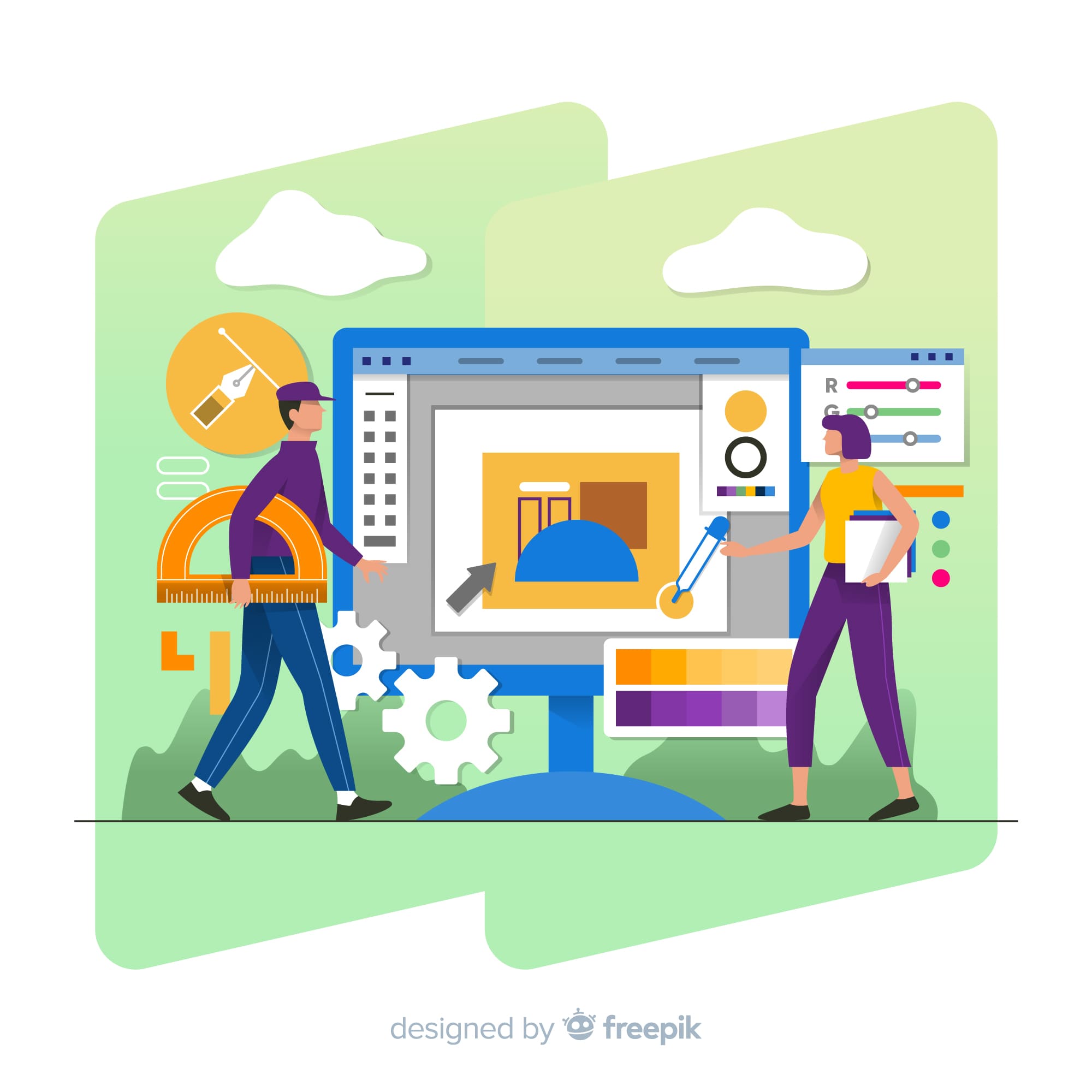After being motivated by client difficulties or problems through data and insights, it is time to brainstorm and develop as many ideas — as potential solutions — as feasible. Then cluster, pick and combine the most novel ones to create concepts; this is the Ideation phase.
Ideation is a creative process where designers explore ideas in sessions (e.g., brainstorming, worst possible idea). It is the third level of the Design Thinking methodology. Participants gather with open minds to generate ideas in response to a problem statement in a supported, judgment-free environment.
Ideation is a third stage of the design thinking process that encourages open thinking and risk-taking to generate solid and distinct ideas. Ideation differs from a typical concept planning session because it allows for independent thinking and teamwork. In most idea brainstorming sessions, team members become weighed down by listening to a superior’s strategy. Their thoughts become focused in one direction on hearing from the superior, and their strengths and inventiveness are lost. As a result, the team generates pet ideas that support one significant idea while overlooking the capabilities of each member that should be utilized.
Finding New Perspectives is the Goal of Ideation Sessions:
It isn’t easy to obtain the perspective needed to identify design solutions. You’ll need a dedicated location for standing back and seeking and seeing every view to conducting good ideation sessions. But first, your team must identify the appropriate problem to treat. After “Empathize” (gaining user insights via research/observation) and “Define” (identifying links/patterns within those insights to produce a meaningful and feasible issue statement or point of view), Ideation is the third phase of the design thinking process.
Before looking for ideas, your team requires a clearly defined challenge to a focused problem statement or point of view (POV) to motivate and guide everyone. “How might we…?” queries, such as “How might we build an app that searches for affordable hotels in safe neighborhoods?”
Assist in reframing difficulties and encouraging effective collaboration toward potential solutions to bring people together to generate ideas and break down barriers. It would be best to have a trained facilitator and a creative environment, which includes a ready room with posters of personas, relevant information, etc. Your team will also need guidelines, such as a 2-hour time limit, quantity-over-quality concentration, a ban on distractions like phones, and a “There is no bad ideas” mindset.
Ideation Techniques:
Because of the nature of Ideation, it is critical to adopt appropriate strategies for the type of thoughts you are attempting to develop. The plan you select must also meet the needs of the ideation team, their levels of creative output, and their previous experience with ideation sessions. Here’s a rundown of the essential ideation techniques:
Brainstorm:
Brainstorming is a well-known approach that uses group interaction to generate solutions by building on one another’s ideas. Use this strategy with a group of five to seven people for more effective brainstorming. Limiting your brainstorming session to 20 minutes and having a minor group helps keep the topic focused. To develop more diverse ideas, try to include participants from various backgrounds or perspectives.
As the tagline “1+1=3” suggests, ideas are combined to form one good idea. Participants should be able to discuss their thoughts without fear of being criticized freely.
Brain Dump:
A brain dump is similar to Brainstorm; however, it is completed independently. The participants jot down their thoughts on post-it notes and then share them with the group.
Storyboarding:
When designing or optimizing processes, storyboarding is a valuable tool. Participants build a visual tale that illustrates their ideas and potential outcomes, allowing them to understand areas of improvement. Follow your consumer through the process, including the effects of your solutions.
Mind Mapping
Mind mapping is a visual technique that develops linkages between the problem and alternative solutions your team is attempting to address. Write your problem statement or a high-level term linked to the situation in the center of a piece of paper or whiteboard. You will detail any related solutions or ideas raised by the team in the area surrounding that statement and use lines to connect them to the central theme. Next, add a layer that outlines how you will implement the recommended solutions, tying it to the preceding layer.
Worst Possible Idea:
The worst idea technique challenges participants to think of their worst possible solutions to a problem. While a brainstorming session supports all ideas, some people may be concerned about potential criticism; this strategy alleviates that concern by welcoming terrible ideas. It frequently creates a more enjoyable environment as people try to entertain one another and use their ingenuity to develop outrageous ideas.
Questioning Assumptions:
Many sectors have preconceived notions about accomplishing things, but this technique challenges those assumptions to generate more innovative ideas. As a result, you might choose to apply this strategy to improve an existing product or create a new one. Consider what you want to solve or develop, then brainstorm 20 to 30 assumptions about that product, service, or idea. These assumptions can be both optimistic and wrong, and they should apply to all elements of your company.
Final Thoughts
Ideation is frequently the most exciting step of a Design Thinking project since it allows for practically available free-thinking within the specified subject. The goal of the Ideation stage is to produce a vast number of ideas — ideas that may inspire newer, better ideas — that the team can then filter and narrow down to the best, most practical, or most original ones. Numerous excellent ways can assist the design team during the Ideation sessions.
Resource:
https://www.interaction-design.org/courses/design-thinking-the-beginner-s-guide
https://www.interaction-design.org/literature/topics/ideation
https://www.indeed.com/career-advice/career-development/ideation-techniques
https://www.nngroup.com/articles/ideation-in-practice/
Disclaimer:
Wherever any material is quoted as sourced from the published text with publishing rights vested in an individual, it is stated that it is a pure quotation and has no intention to claim it as our own.
Image Source: www.freepik.com





